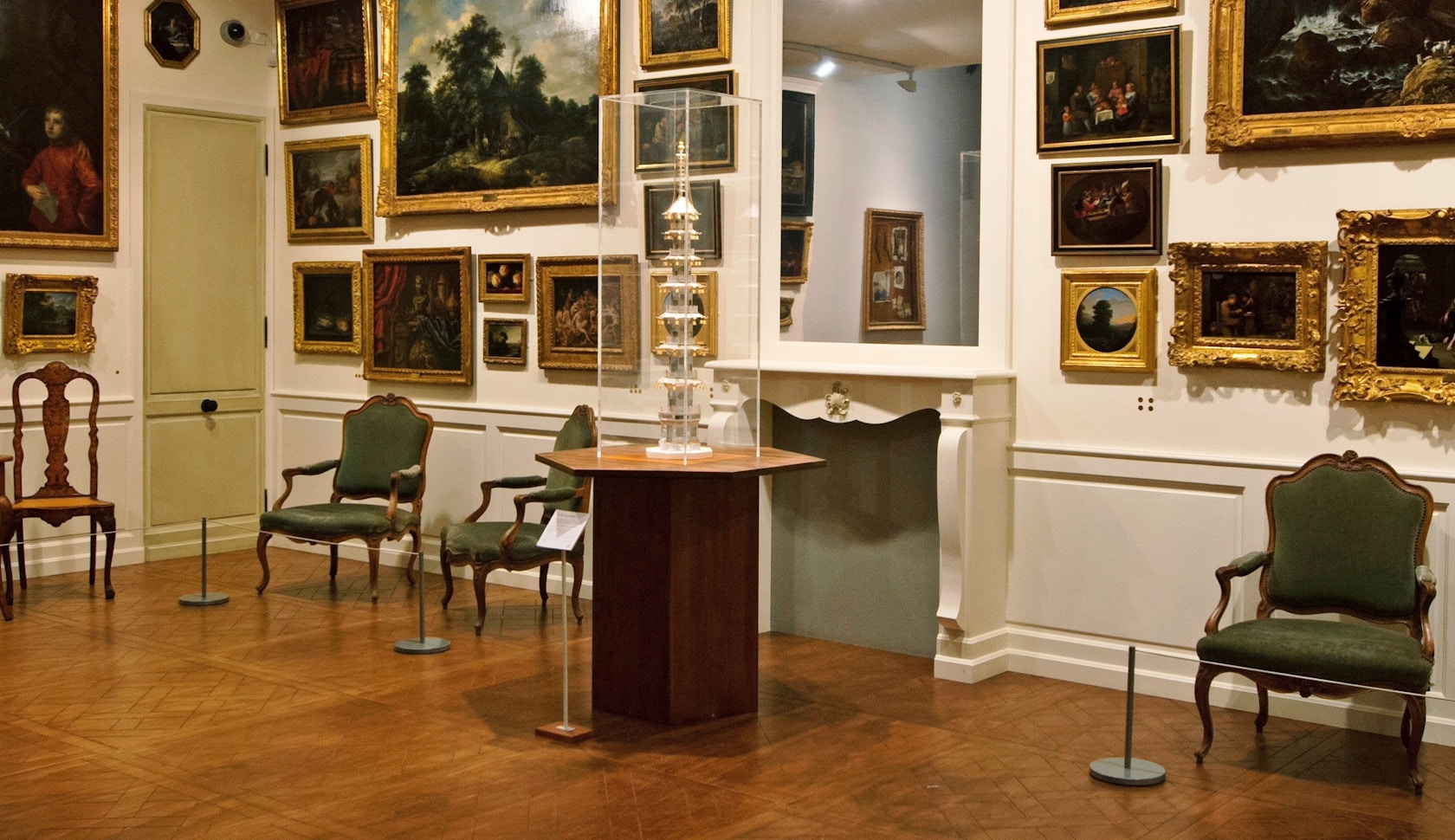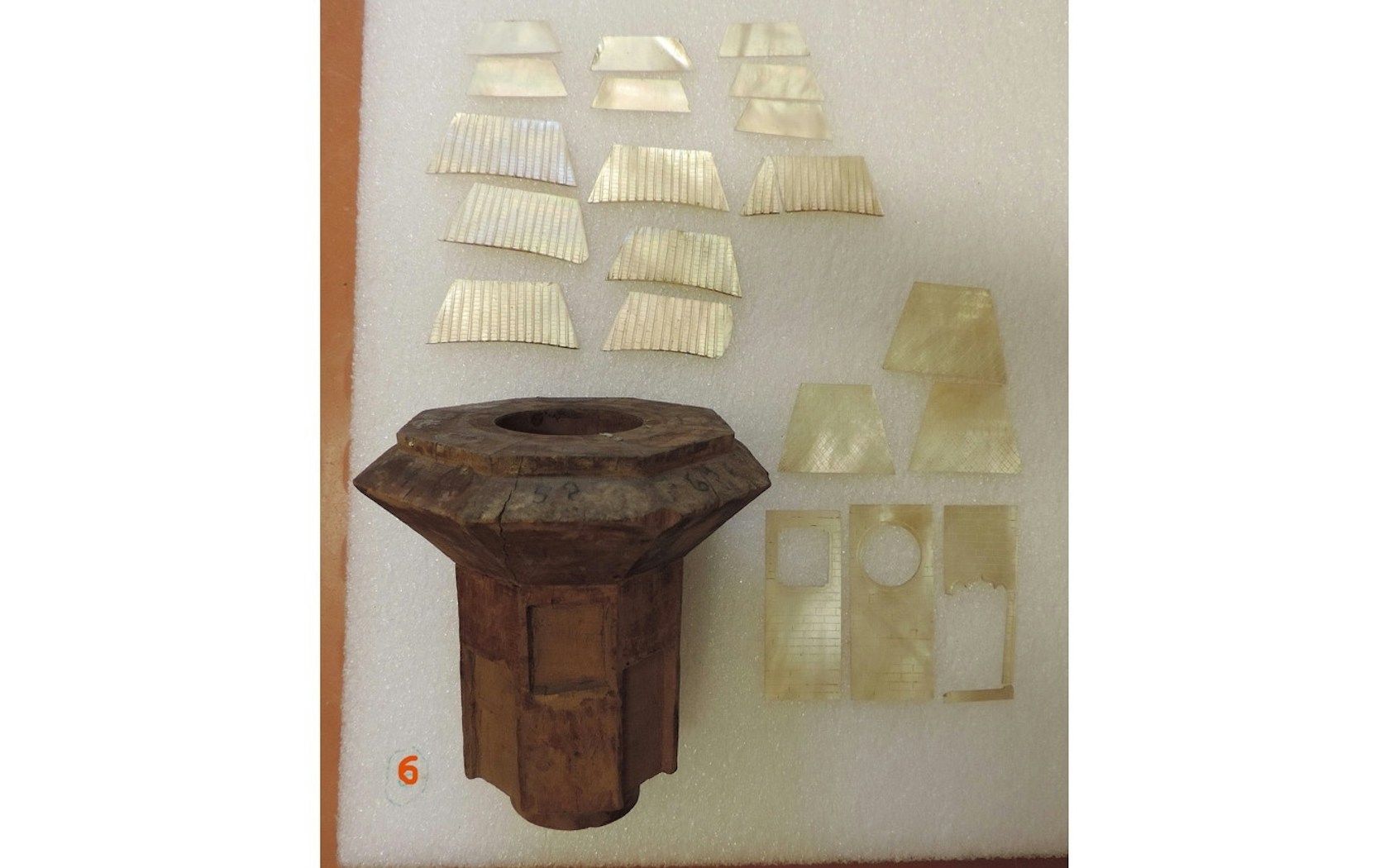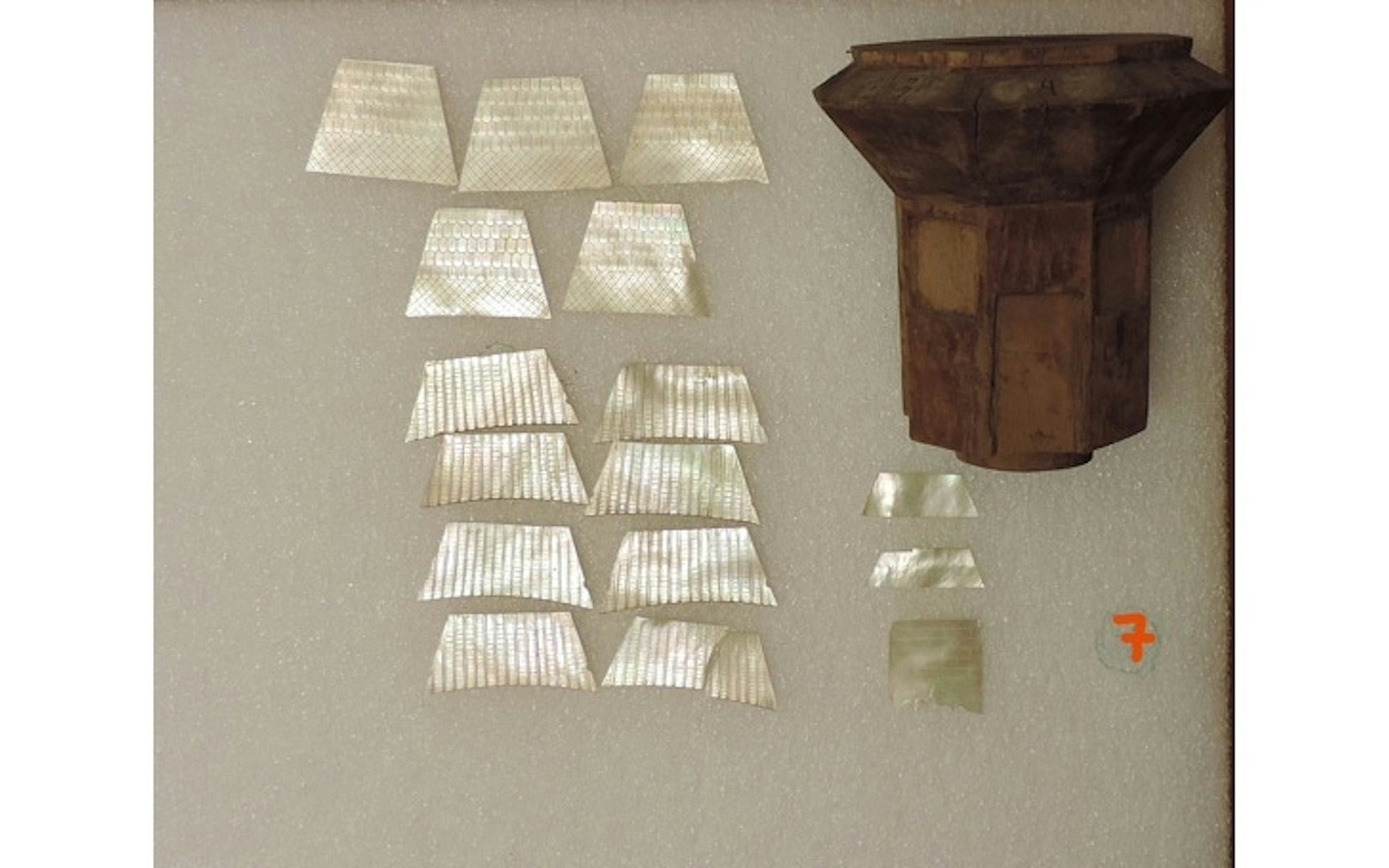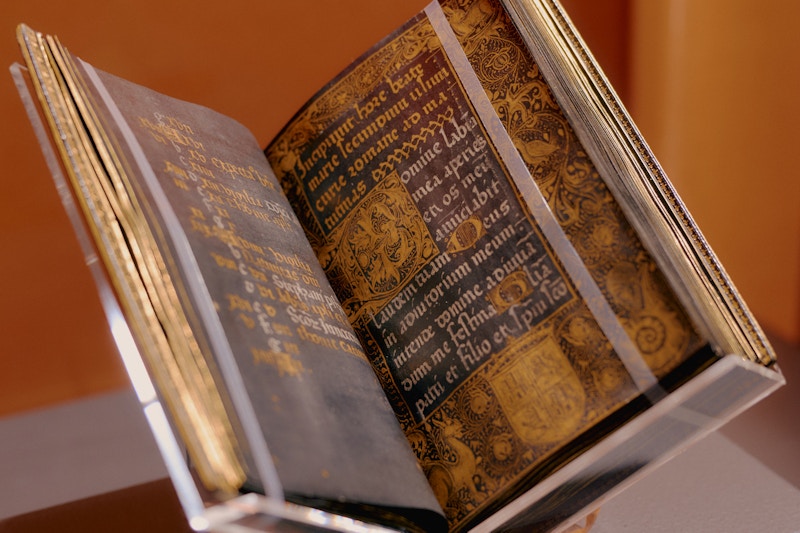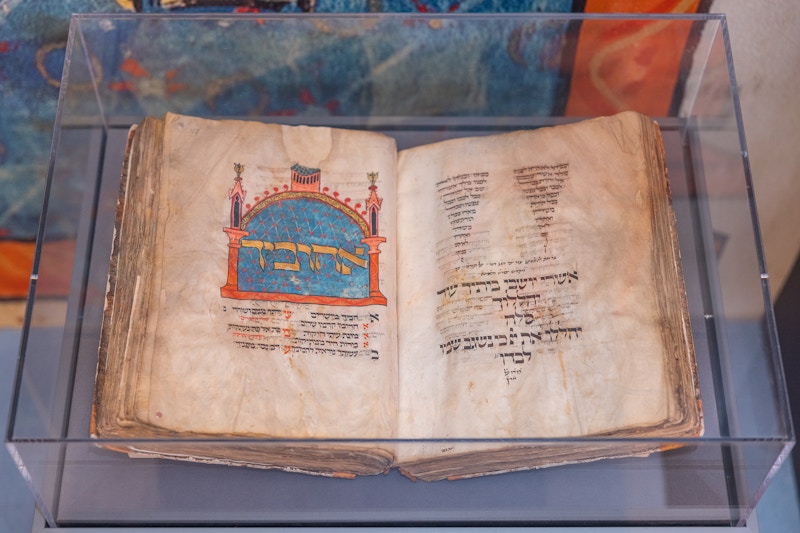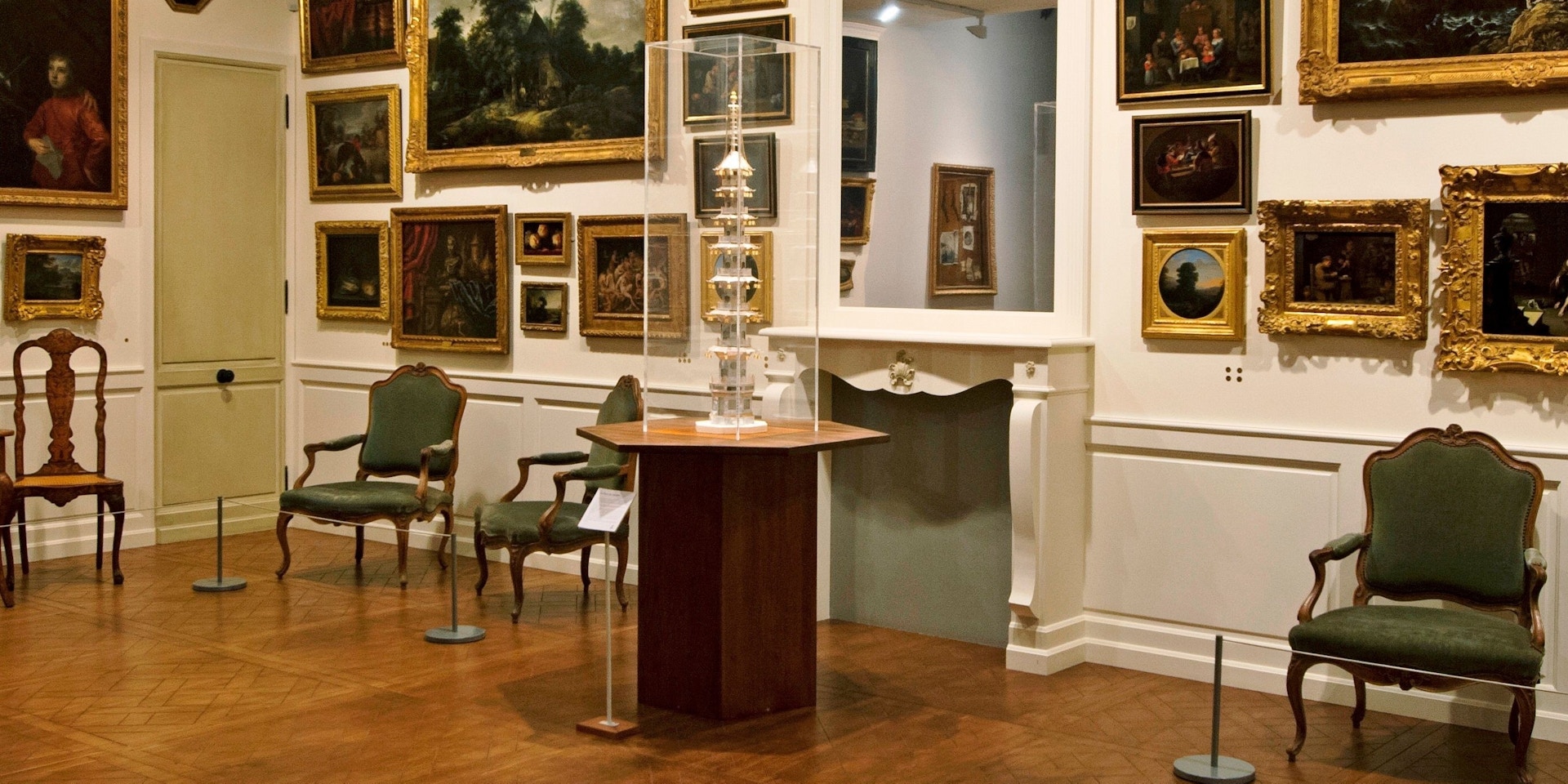
Found in Hundreds of Pieces, New Technologies Reconstructed This Delicate Tower of Nanjing
Digital techniques and 3D printing were of importance for this restoration at the Musée des Beaux-Arts in Rennes, supported by the TEFAF Museum Restoration Fund
- By TEFAF Editorial
- Museum Restoration Fund
The Musée des Beaux-Arts in Rennes drew most of its wealth from the fabulous cabinet of curiosities of Christophe-Paul de Robien (1698-1756). De Robien, a Breton politician, historian, and art collector, had a passion for science and built up a cabinet de curiosités with over eight thousand items, including manuscripts, drawings and paintings, coins, archaeological objects, fossils, plants, animals, and scientific instruments. Over the following decades, the collection of the museum was extended and became one of the richest collections in Europe including Egyptian, Greek and Celtic antiquities, and an exceptional collection of drawings featuring Leonardo da Vinci, Botticelli, Dürer, and Rembrandt.
Within De Robien’s astonishing cabinet was found The Tower of Nanjing, broken in hundreds of pieces, for which the TEFAF Museum Restoration Fund granted support for restoration in 2016.
The Tower of Nanjing is a jewel of Chinese architecture. The eighty-meter-high tower, clad with 8,000 square meters of yellow, green, and red porcelain, was built in the fifteenth century on the banks of the de Yangtze River in Nanjing, one of the four capitals of ancient China. Westerners who had visited China considered the Tower of Nanjing to be the eighth wonder of the world. They brought back pictures and scale models in all sorts of materials made especially for the European market in the seventeenth and eighteenth centuries. Some of these models were made of wood, clad with carefully engraved mother of pearl plates and with stained glass for doors and windows. Sometimes they were made in pairs; the 93-centimeter-high tower acquired by Christophe-Paul de Robien in around 1740 is one of them.
It had always been assumed that no pairs of towers had survived until the twin sister of the tower from De Robien’s cabinet was discovered in Burghley House near Stamford in Lincolnshire, England. This twin tower situated in England was of great importance to the restoration of De Robien’s sculpture, for which new technologies such as digital digitization and 3D printing complemented the traditional nacre working process. After comparing the two towers, experts were able to create a 3D model showing how the tower fits together and which elements were missing from the tower in Rennes. The stained-glass plates that represent windows and doors were restored; missing mother of pearl plates and other decorative parts such as roof element, bells, and chains were made in a second phase. With the support of TEFAF Museum Restoration Fund, The Tower of Nanjing regains its original appearance and got a place of honor in the Musée des Beaux-Arts’ collection among the four hundred objects in the De Robien Cabinet de Curiosités.

